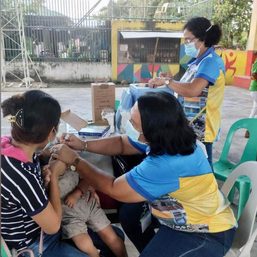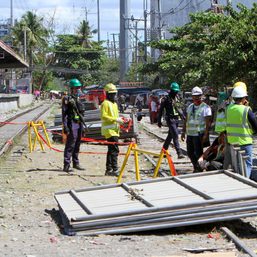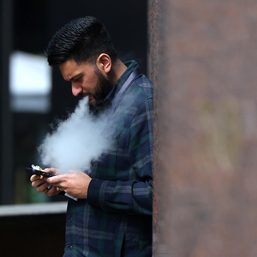SUMMARY
This is AI generated summarization, which may have errors. For context, always refer to the full article.

The Department of Health (DOH) on Friday, January 1, attributed the relatively low number of reported firework-related injuries to the pandemic and the initiatives of local government units (LGUs) in banning firecrackers for the new year celebrations.
“The significant reduction in the total number of recorded cases may be attributed to the far-reaching effects of the COVID-19 pandemic affecting people’s willingness and ability to celebrate through the use of fireworks,” Health Secretary Francisco Duque III said in a virtual press briefing on Friday morning.
“It may also be attributed to the strengthened initiatives of our local government units in banning firecrackers and the efforts of the national government agencies and stakeholders through the Iwas Paputok campaign,” he added.
The DOH reported a total of 50 fireworks-related injuries from December 21 to January 1, with no cases of firework ingestion nor deaths. This is 85% lower than the 340 cases reported last year.
Metro Manila recorded the highest cases at 22, but it registered an 88% decrease in the number of injuries compared to the previous year, the DOH said.
The DOH also noted that the number of cases this year is 89% lower than the five-year average (2015-2019).
According to the DOH, top fireworks causing injuries were kwitis (29%), boga (8%), 5-star (8%), fountain (8%) and triangle (8%). Legal fireworks caused 55% of all injuries while illegal fireworks at 37%.
“The lower numbers we achieved this year is a welcome development, but we will not stop until we achieve zero firework-related injuries and ensure that the next holidays will be safer for every Filipino,” Duque said.
Before the new year, the Department of the Interior and Local Government reiterated the rule prohibiting private households from staging their own fireworks displays.
Meanwhile, environmental health group EcoWaste Coalition hailed the reduced firework-related injuries and pollution in the capital region.
“Unlike in previous years, the New Year’s Eve revelry in the metropolis was less toxic with many people opting not to light firecrackers in deference to a directive issued by the Metro Manila Council. Higit na maganda pa sana ang resulta kung mas napaaga ang pagbabawal sa mga paputok (Results could have been better if the ban on fireworks was implemented sooner),” said Thony Dizon, Chemical Safety Campaigner of the EcoWaste Coalition.
“A safer, non-toxic New Year’s Eve revelry is for the common good, and is not impossible to achieve,” the group said.
The world welcomed the new year with a raging a pandemic that has infected over 81 million people globally. In the Philippines, a total of 474,064 COVID-19 cases have been reported as of December 31, with 9,244 deaths and 439,796 recoveries. – Rappler.com
Add a comment
How does this make you feel?

![[Free to Disagree] Sabwatan ng mga doktor at drug companies](https://www.rappler.com/tachyon/2024/04/tl-sabwatan-doktor-drug-companies-April-22-2024.jpg?resize=257%2C257&crop=292px%2C0px%2C720px%2C720px)



There are no comments yet. Add your comment to start the conversation.